Quarantine laughs: Which comedy specials to watch, avoid on Netflix
It’s becoming increasingly difficult to have a laugh during this period of uncertainty and bad news. Luckily, with nearly 200 comedy specials, Netflix has become a great place to laugh at your favorite comedians performing to live audiences. Here are some to watch, and others to avoid.
Taylor Tomlinson: “Quarter-life Crisis”
Comedy is supposed to be funny and entertaining. Only “Quarter-Life Crisis,” performed by comedian Taylor Tomlinson, was barely humorous.
In this Netflix special, Tomlinson spares nothing and nobody, from Christianity to the crowd to her own father. While a necessary and redeeming quality in comedians, it’s easy to lose track of the fact that she is delivering jokes and not rants.
Ridiculing nobody more than herself, Tomlinson’s ruthless pessimism ends up feeling like she is wallowing in her own pool of self-pity. After hearing stories about spankings in parking lots and her friends telling her that she “ruined weed,” it is easier to feel bad for Tomlinson than to laugh at her.

“You have no intuition, no instincts. You can’t make decisions, only mistakes,” Tomlinson said about her 20s. If someone who is not a comedian said these exact words, it would come across as whining. Tomlinson delivered this excuse-of-a-joke loudly, eyes popping and fingers pointing, but it takes more than that to be funny; the words matter.
Regardless, this suffering 25-year-old embodies every trait necessary for a comedian. She is upfront, relentless in her mockery, and her use of facial expressions is truly funny. Unfortunately, over-the-top faces did not make up for the fact that her jokes did not take well: An imitation of a former crowd member who conveniently told Tomlinson she should cherish her 20s is not exactly a knee-slapper.
A comedian should not try to convince her audience that she is “not fun,” as Tomlinson did constantly. Focusing on that brought me close to believing her.
—Colin Leslie
Chris D’Elia: “Man on Fire”
In his second of three comedy specials, “Chris D’Elia: Man on Fire” merges lively impressions, thoughtful-yet-somewhat-preachy segments, and intense pessimism that may not be great for a family to watch together, but could provide some laughs and reflection for an individual or “Netflix Party with friends” watch.
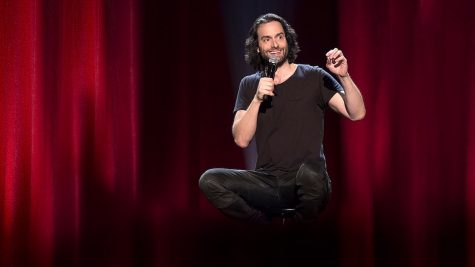
Chris D’Elia’s observations on love, identity and growing up appeal to a pessimistic audience.
Chuckling after his own joke, Mr. D’Elia says, “Dude, this isn’t even a comedy show, it’s a f—ing TED Talk.”
For much of the show, this is exactly how it feels: preachy, yet reflective. While at first his pessimistic views feel fresh and slightly comical, some segments also drag on too long, becoming overdone and generic. These segments feel distant from behind the screen, as Mr. D’Elia addresses the live audience much more than viewers from home.
Despite this, Mr. D’Elia provides energetic impressions and a solid observation on growing older. While the jokes may not always land, they do force the audience to reflect.
The heart of the show are Mr. D’Elia’s impressions, which feel genuine and provide pace and energy the rest of the show lacks.
The highlights of the show emerge when Mr. D’Elia recounts his interactions with and observations of children. Mr. D’Elia’s change of tone and expression in his impressions are spot on, switching rapidly like a cartoon character. Mr. D’Elia ends with a great bit, which drags on a little too long, about his friends’ kid, and how it feels to look into “angel eyes” and while keeping his “gangster.”
For the self-deprecating pessimist this special may be right to watch, but those looking for something more lively and chaotic might want to look elsewhere.
—Grace Brady
Nick Kroll and John Mulaney: “Oh, Hello On Broadway”
George St. Geeland and Gil Faison are two carefully constructed characters with a tendency to make fun of acting and the theater, which they love so much. Their dynamic can only be described by the image of a tuna sandwich, their favorite food. Decked out in multiple shades of tan turtlenecks and khakis, George and Gil are two pieces of slightly different but eccentric bread held together by creamy, sticky tuna, or in this case, comedy.
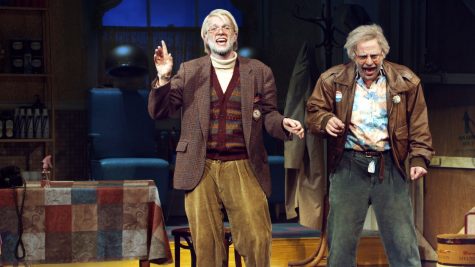
During the Netflix special “Oh, Hello On Broadway,” comedians John Mulaney and Nick Kroll play George and Gil, two crusty old men who decide to put on their first play in the Lyceum Theater, surrounded by discarded set pieces borrowed from “Pillow Man” or “The Cosby Show.” From their point of view, this is a large step up from their previous performances in hospitals or at Alcoholics Anonymous.
As George and Gil explain the details of their history, they flip between decades, almost as easy and frequently as they break character. While many of the jokes are references to another decade that may fly over kids’ heads, there is still plenty of humor to be enjoyed. Their quirky outfits and accents make them entertaining and fun to watch, even if you don’t get all the carefully constructed jokes.
The coordination between the two actors doesn’t stop at their outfits. Their quick, witty banter catches your attention, while their extravagant hand gestures and narrated ballet performance keep you watching.
Some viewers may find their humor to be crude, but George and Gil’s sensitivity to these types of jokes evolves as they move through the decades.
Their interactions with their college tech guy, Ravi, are nowhere near friendly, but their arguments and stubbornness provides the conflict needed to make a compelling show.
George and Gil’s lame humor, bathroom jokes and social commentary make “Oh, Hello On Broadway” a light-hearted show to watch when you’re in need of a good laugh, which seems to be quite often these days.
—Anathea Carrigan




















































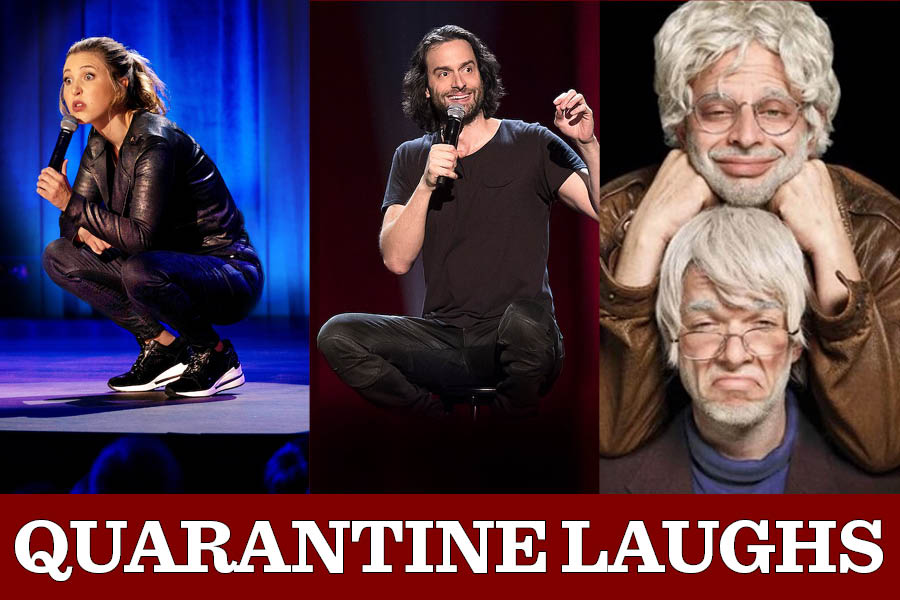

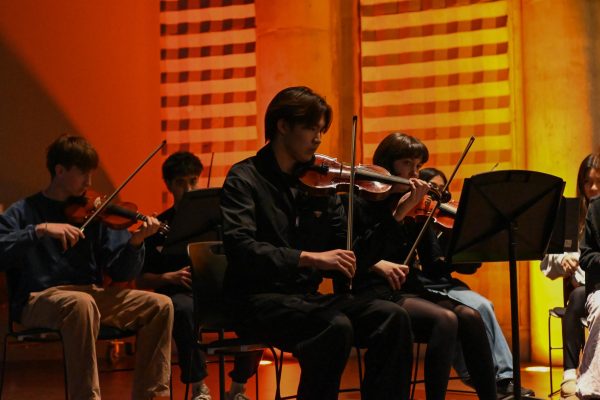
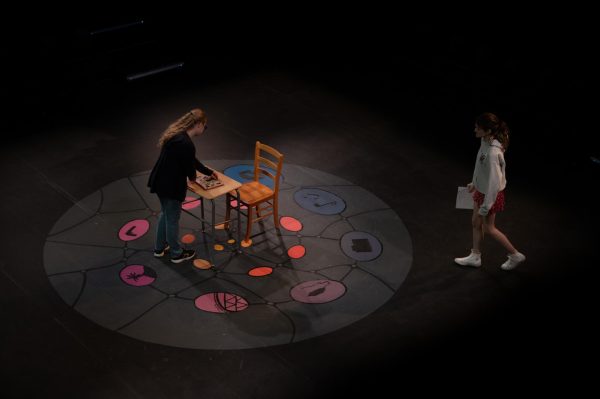



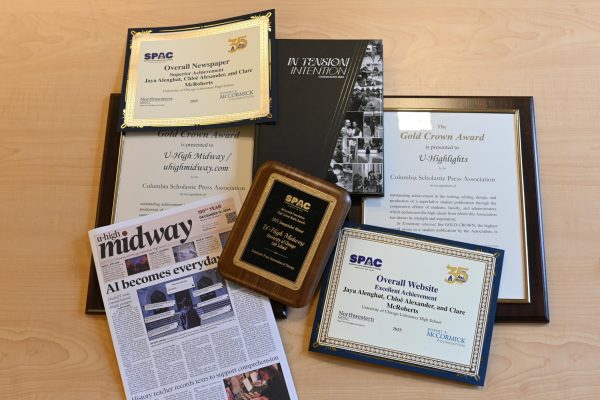



larry • May 19, 2021 at 2:15 pm
I am so happy I found this post if only to let me feel, if only for a moment that I am not crazy in thinking Taylor is what is the right phase “structured funny” but not really funny. First I thought it was an age thing but seeing I in her ballpark that was not it. Then I figured it out. She was on a pretty popular podcast “Guys We F***ed” with Corrine Fisher and Krystina Hutchinson and during pretty much the entire conversation as Corrine and Krystina (Who are both stand ups) were joking around off the cuff Tomlinson could not even come close to keeping up and was not funny at all. In my experience when this happens especially in this format it usually (not always) is a sign that the person is polished but not truly funny. Hopefully that made sense as she sells out show after show. as we get a bit older we learn that popular and good are not an equal sign.